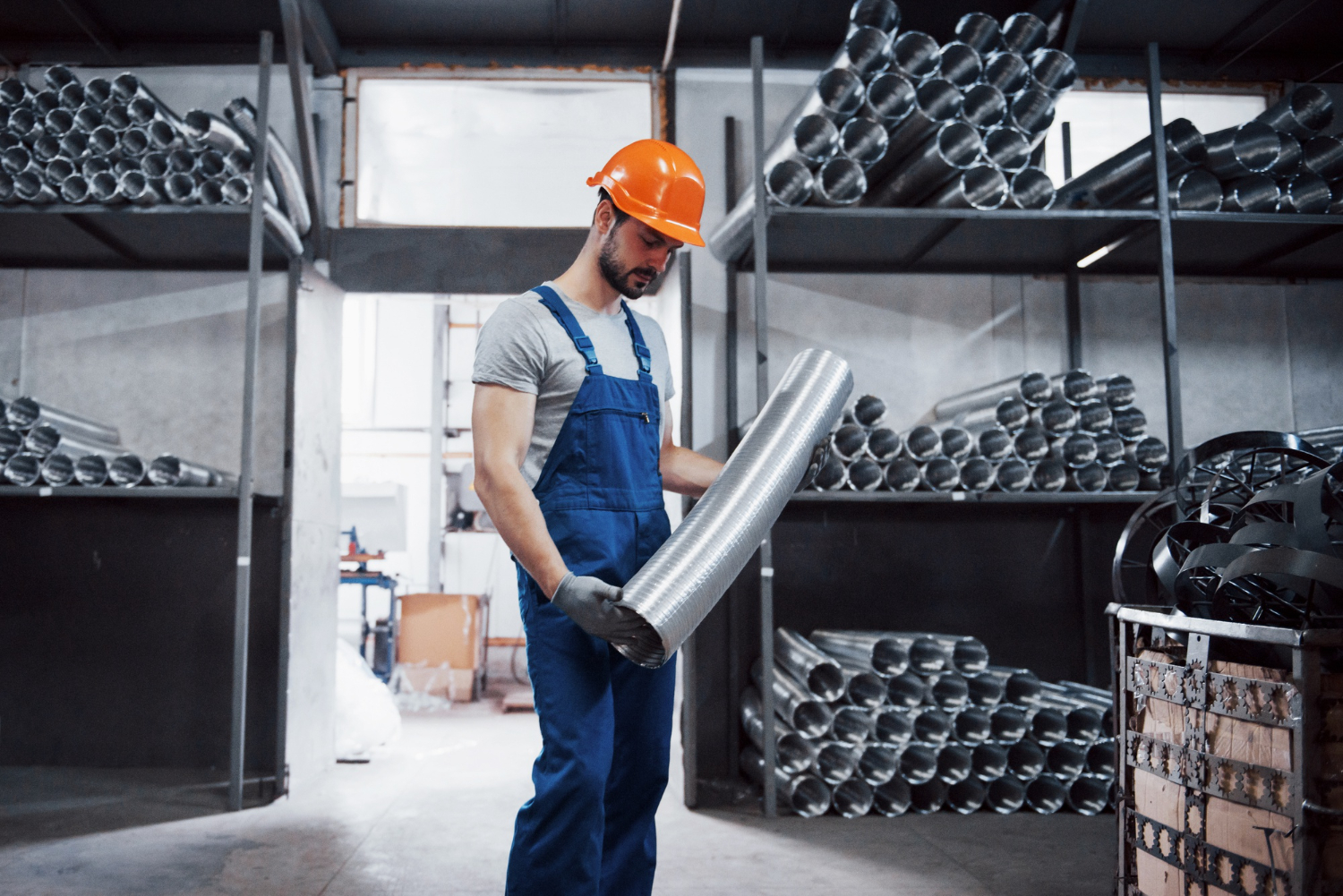What are Stainless Steel and Types of Stainless Steel in Pharma Industries?

Stainless steel is a type of steel that contains chromium, which forms a protective oxide layer on the surface, making it resistant to corrosion and staining. This property makes stainless steel particularly suitable for use in industries where corrosion resistance is essential, such as the pharmaceutical industry. In the pharmaceutical industry, stainless steel is commonly used due to its hygienic and corrosion-resistant properties. It is used in the manufacturing of various equipment and components, including vessels, pipes, tanks, and fittings. The types of stainless steel used in the pharmaceutical industry are typically selected based on their corrosion resistance, mechanical properties, and compatibility with the processes involved. Some common types of stainless steel used in pharmaceutical applications include: Type 316L: This is a low-carbon version of Type 316 stainless steel containing molybdenum for improved corrosion resistance. It is widely used in pharmaceutical equipmen

